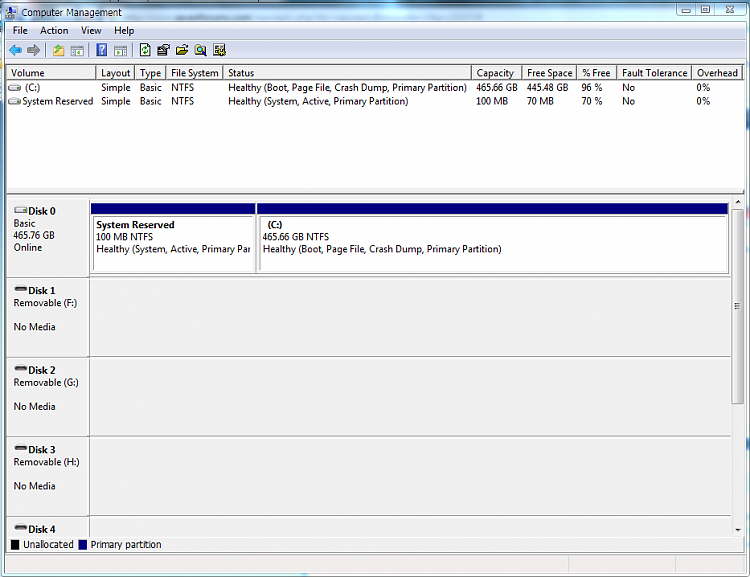New
#1
Two drives with the same volume serial number
I just noticed that two of my hard drives (one is the boot drive, and both are internal SATA drives that are always running when Windows (Win7 64) is) have the same volume serial number. I'm talking about the 8 hex digits assigned by Windows when a primary partition is formatted as a drive, not the hardware serial number from the manufacturer. The two volumes are each the first primary partition of separate physical drives.
The odds of it happening by chance are miniscule, so I guess this must have happened when I imaged one to the other. That last happened over a year ago, and I haven't had any problems, so apparently it's not a fatal error. But still, it seems like if Windows can't tell my boot drive from my data drive, an accident is waiting to happen.
Should I try to fix this, or is the fact that they are on different physical drives mean that there is no way Windows can get confused?
CAN I fix this? I'm comfortable editing the registry, and I have a sector editor to edit data on the disk directly, but I can't find the serial number on the disk, plus I'm worried that I may break something if I change the serial of my data drive without going through Windows.
Also, how can I make sure this doesn't happen again when doing an image copy? I'm not sure whether this happened using Acronis or Paragon.
Any tips greatly appreciated.


 Quote
Quote
